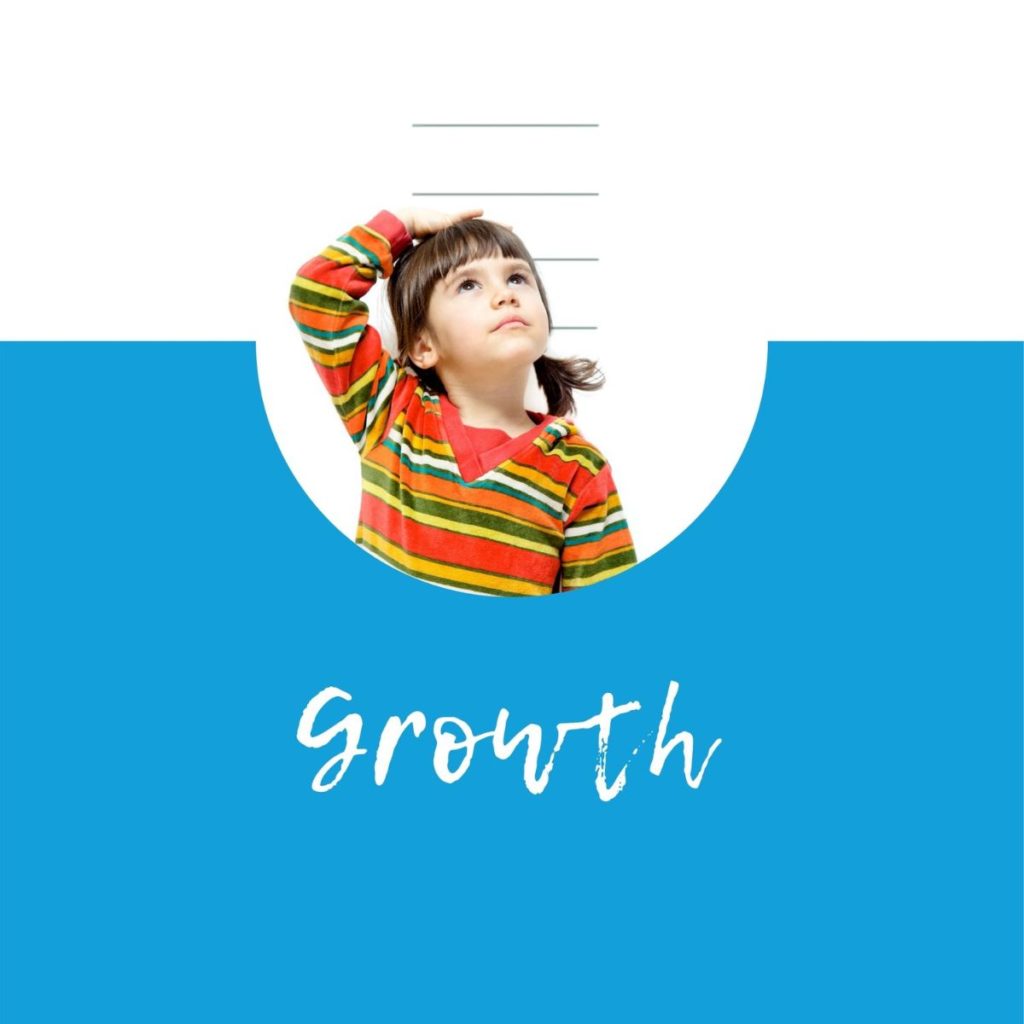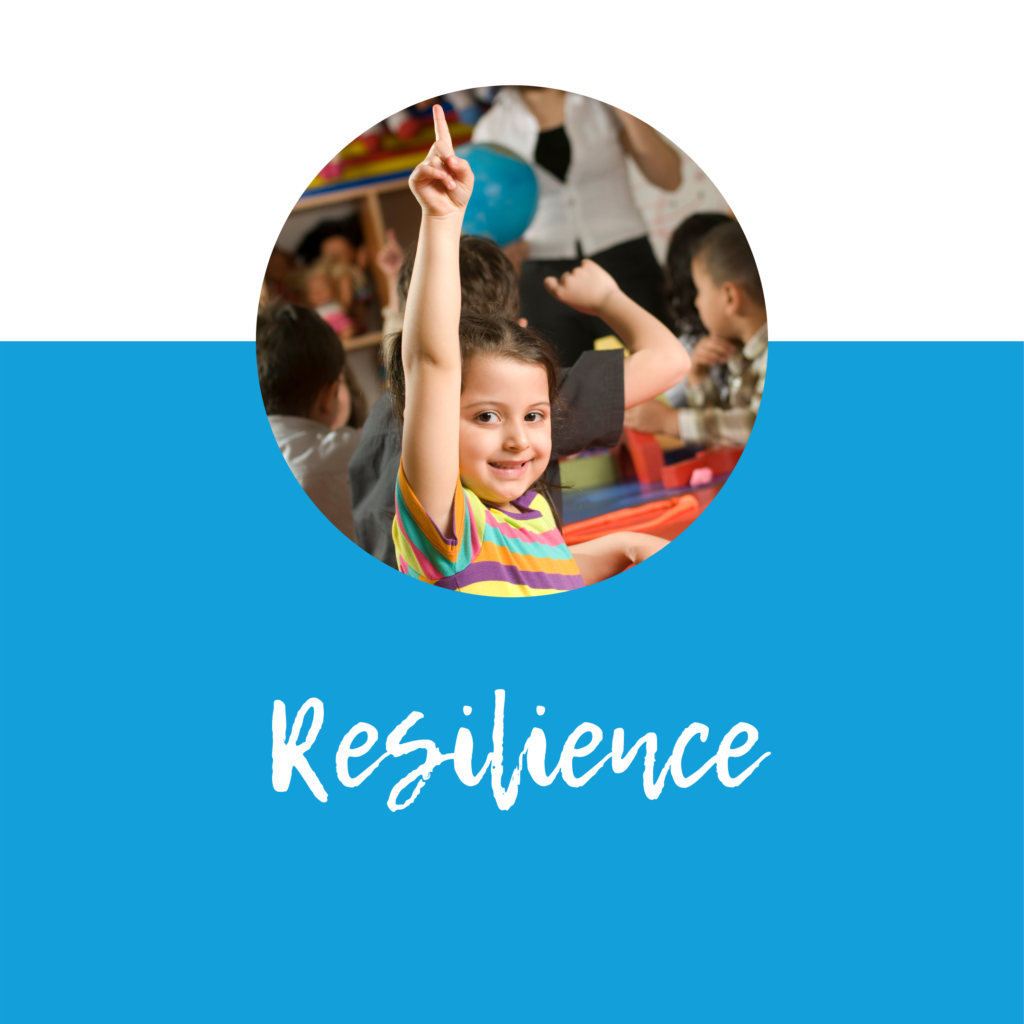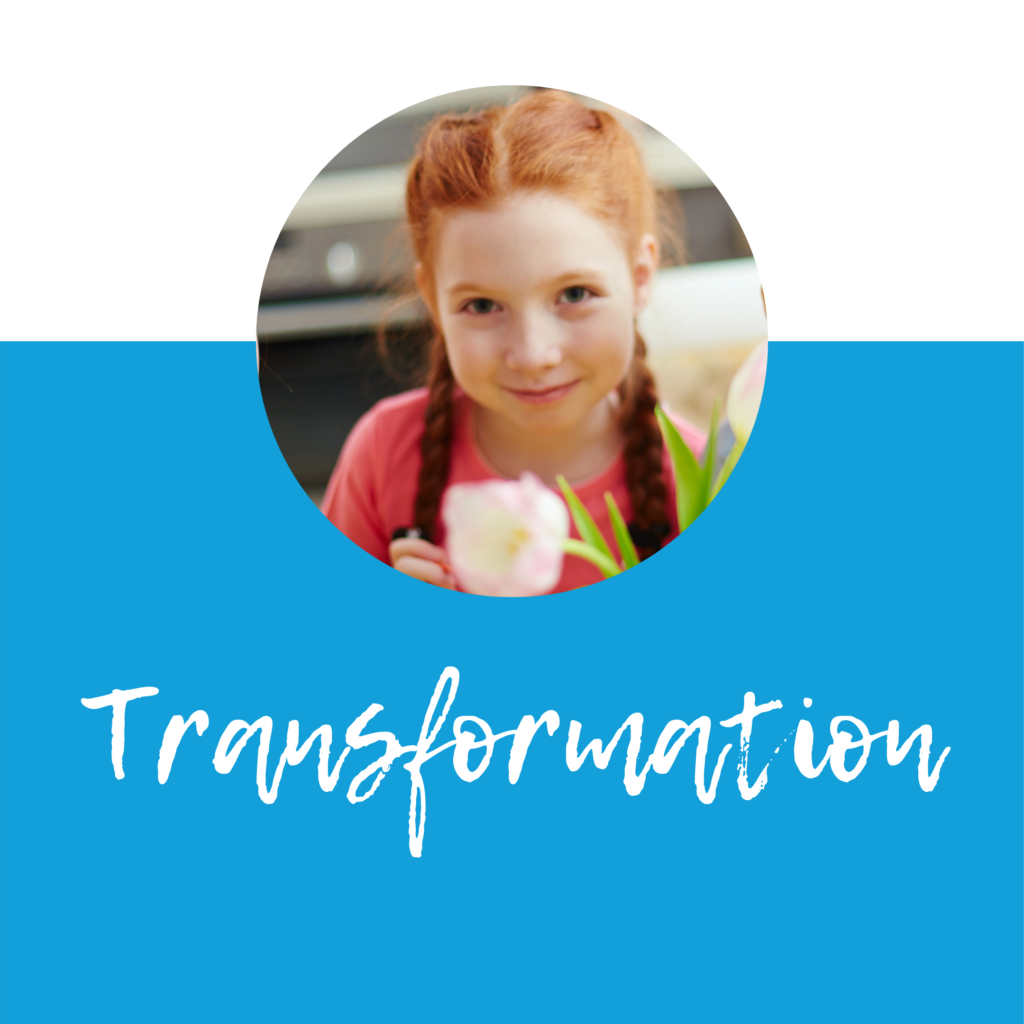KIDS NEED GRIT
GRIT is the ability to sustain long-term goals in the face of adversity. Resilience becomes the byproduct, which is necessary for independence— and what more could we want for our children. Through curiosity about our thoughts and feelings, we grow the insight to develop, evolve, adapt and transform.
Let’s cultivate this as soon as possible.
GRIT KIDS MAY
- Throw tantrums
- Struggle to pay attention or complete school work
- Struggle to fall or stay asleep
- Have sensory issues
- Have difficulty with focus & concentration
- Pick on or bully siblings
- Become defiant
- Struggle during family outings
- Wrestle expressing big emotions
- Experience conflict with peers
- Have difficulty expressing strong emotions
HOW DOES GRIT COACHING WORK?
Our in-home or virtual session time is a mix of:
- One-on-one time with your child to cultivate self-awareness, target behavioral goals, develop emotion management, resolve stressful or traumatic experiences, and more.
- Joint parent-child time to improve communication skills and clarify and set expectations to allow you to cultivate a healthy relationship with your child.
- Individual time with parents or caregivers to work on skills to support your child’s transformation. We provide concrete tools to allow your child to flourish, enable you to explore the frustrations that are encountered while parenting, and have an opportunity heal the wounds that arise through the hard work of parenting. Raising children takes GRIT!
THE GRIT PHILOSOPHY

| GRIT coaches facilitate growth and development by helping children with academic skills, emotional regulation, fine and gross motor skills, social skills, and more. Our coaches will help you identify where your child needs to grow and develop a targeted plan to enable your child to thrive. |

| GRIT coaches help children cope with stressful or traumatic experiences, manage and regulate their emotions, and make sense of the world and encounter it with curiosity. Coping with and overcoming adversity and forming a strong self-identity is how we develop resilience. |

| Insight allows children to reflect on their inner experience and consider possible causes, effects, and implications of potential responses. GRIT coaches guide children in exploring, identifying, and expressing their inner world, and teaching tools to examine their mind, body, and emotions and aid them in practicing different ways of expressing these experiences. |

When children are able to express themselves and when parents are able to identify needs, problematic behaviors are no longer necessary. GRIT coaches help children and families build and create opportunities for engagement. Families learn to effectively connect and cultivate a relationship that supports the developmental needs of the child. |

The GRIT Pit is a place where kids get to be real, raw, and reassured that their voice counts.
Through learning compassion and empathy, children will get to reinforce that internal drive for connection while cultivating strength and accountability.

| Parents get support, too. The Parent Pit is the place where parents and caregivers get to regroup, refresh and reassure one another that the trying experiences will be worth it. Parenting is tough, but persistence is treasured. Join us and reset and refuel for another week of caring for the tiny humans who want your love and reassurance. |







Shannon is awesome!